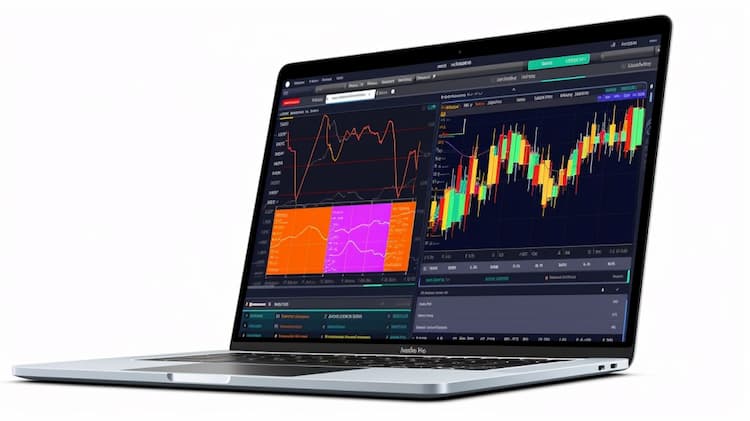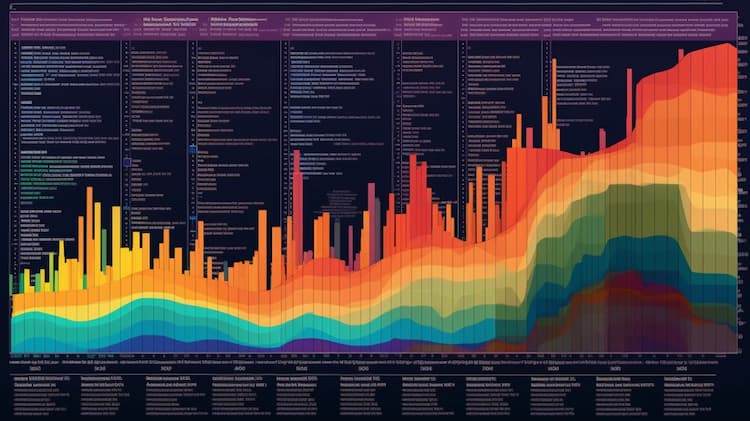
EEM & VOO: Capitalization Strategy
Exchange-Traded Funds (ETFs) have revolutionized the investment landscape by providing investors with diversified exposure across various sectors and asset classes. In this article, we will delve into a comprehensive comparison between two prominent ETFs: EEM (iShares MSCI Emerging Markets ETF) and VOO (Vanguard S&P 500 ETF). We will explore various facets, including ETF tickers, full names, issuers, sectors, top holdings, capitalization, investment strategy, tracking methods, and exposure.
EEM & VOO: Overview
EEM and VOO are two ETFs that cater to different investment strategies within the global markets. While EEM offers exposure to emerging markets, VOO tracks the performance of the S&P 500, a broad index of U.S. large-cap stocks. These distinct approaches result in varying risk and return profiles, which we will analyze in the subsequent sections.
EEM & VOO: Sectors and Top Holdings
The EEM ETF focuses on providing investors with exposure to emerging markets, including countries like China, South Korea, and Brazil. Its top holdings often comprise companies from sectors like technology, financials, and consumer goods. On the other hand, VOO's holdings are primarily U.S. large-cap stocks, with information technology, healthcare, and financials being dominant sectors. Analyzing the sectors and top holdings helps investors make informed decisions that align with their investment objectives.
 EEM overlap EEM VS VOO
EEM overlap EEM VS VOO
EEM & VOO: Capitalization and Investment Strategy
EEM, being an ETF focused on emerging markets, exhibits a significant asset under management (AUM) reflecting its popularity among investors interested in diversifying their portfolios globally. VOO, tracking the S&P 500 index, showcases a different capitalization based on the cumulative market value of its large-cap constituents. Understanding the investment strategies of these ETFs is crucial for investors to assess potential returns and risks associated with their investments.
EEM & VOO: Tracking Methods and Exposure
EEM aims to replicate the performance of the MSCI Emerging Markets Index by investing in a diverse range of companies from developing economies. In contrast, VOO's objective is to mirror the returns of the S&P 500 index, which represents a broad spectrum of U.S. stocks. The tracking methods used by EEM and VOO differ due to their underlying indices, impacting their exposure and performance. Investors should grasp these distinctions to select the ETF that aligns with their investment goals.
Conclusion
EEM and VOO represent distinct investment opportunities, each catering to a specific market segment. To gain deeper insights into the holdings, correlations, overlaps, and other valuable information, ETF Insider offers an invaluable resource. This user-friendly app equips investors with comprehensive details about various financial instruments, facilitating more informed investment decisions.
Disclaimer: This article is intended for informational purposes only and does not provide any investment advisory services.
Sources:
EEM quote and analysis
Discover the top holdings, correlations, and overlaps of ETFs using our visualization tool.
Our app allows you to build and track your portfolio.
To learn more about the EEM iShares MSCI Emerging Markets ETF, access our dedicated page now.
FAQ
Why is EEM better than VOO?
EEM may be considered better than VOO for some investors due to its specific focus, offering diversification.
Does VOO beat EEM?
VOO's performance relative to EEM will vary over time, depending on market conditions.
Should I invest in EEM or VOO?
The choice between EEM and VOO should align with your investment goals, risk tolerance, and desired exposure.
Are EEM and VOO good investments?
Both EEM and VOO can be suitable investments depending on individual investment strategies, goals, and risk profiles.
What is the correlation between EEM and VOO?
The correlation between EEM and VOO can vary over time, reflecting differences in performance.









